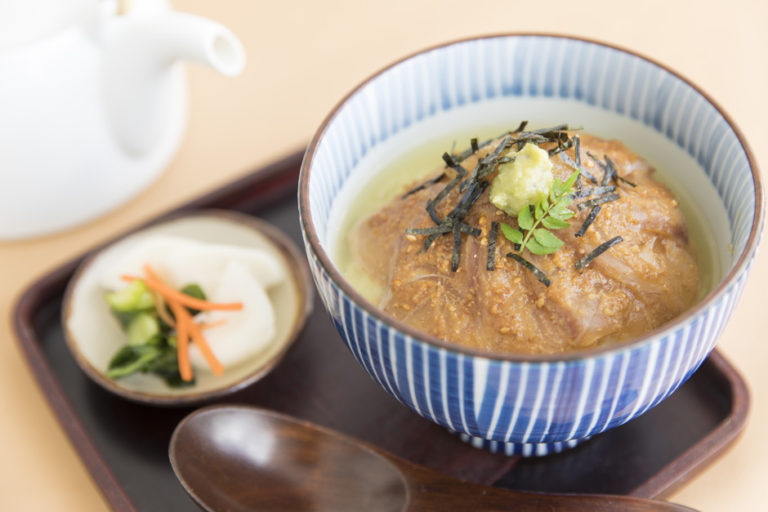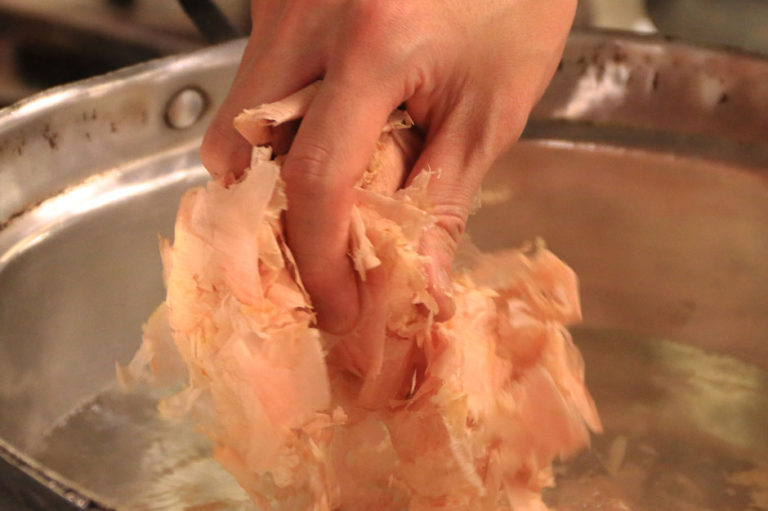A Versatile Seasoning Using Yamatsu Hashoga Roots, A Taste Known Only to Farmers
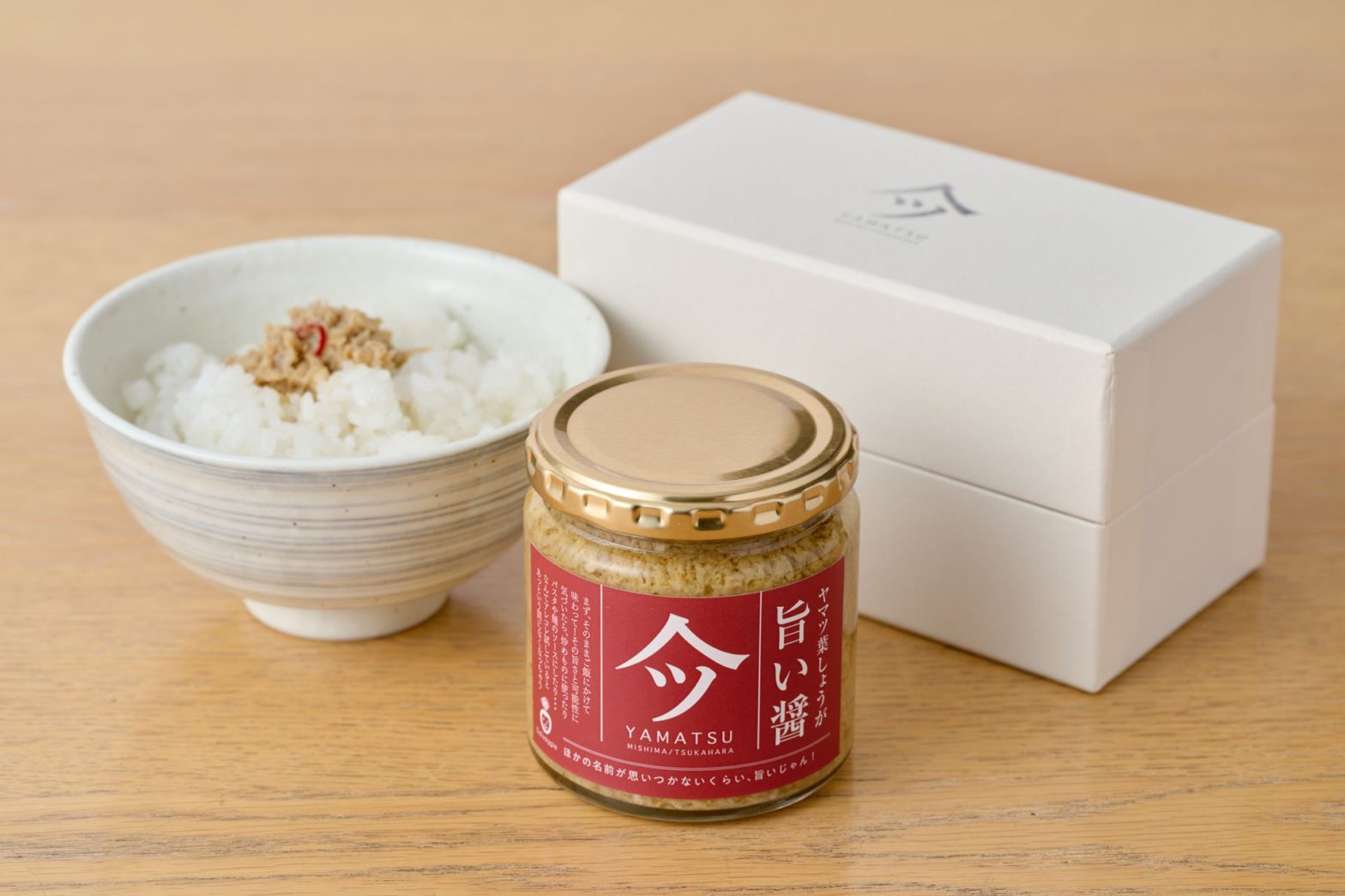
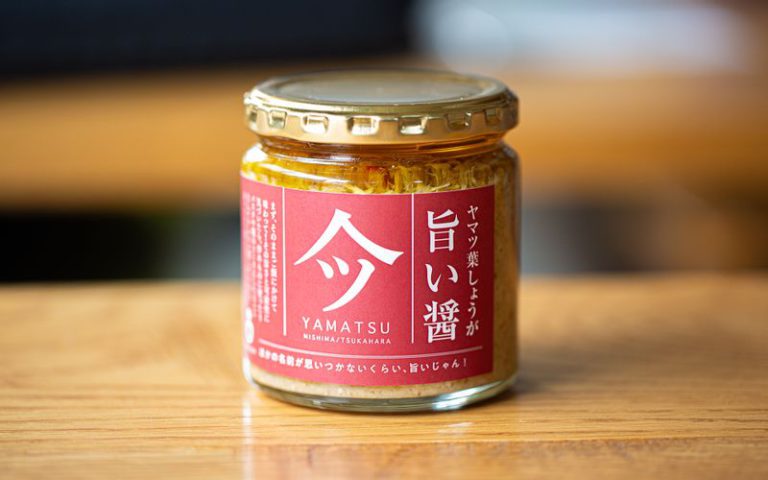
So, what makes Salveggie's Umai Jiang unique?
Umai Jiang allows you to savor the flavor of Yamatsu Hashoga, a taste known only to farmers
It is made using the roots of Yamatsu Hashoga, which are usually trimmed for shipping. The product is packed with the kind of umami that only farmers are aware of.
It consists of over seventy percent Yamatsu Hashoga
It also includes the Yamatsu Hashoga skin. Seventy percent of its weight is ginger, allowing you to savor its full flavor.
This versatile seasoning can be eaten on its own or used in stir-fries
Not only is it versatile enough to be paired with rice and chilled tofu, but its garlic and oil content makes it a seasoning for stir-fries.
Creating a condiment to convey the essence of the rare Yamatsu Hashoga
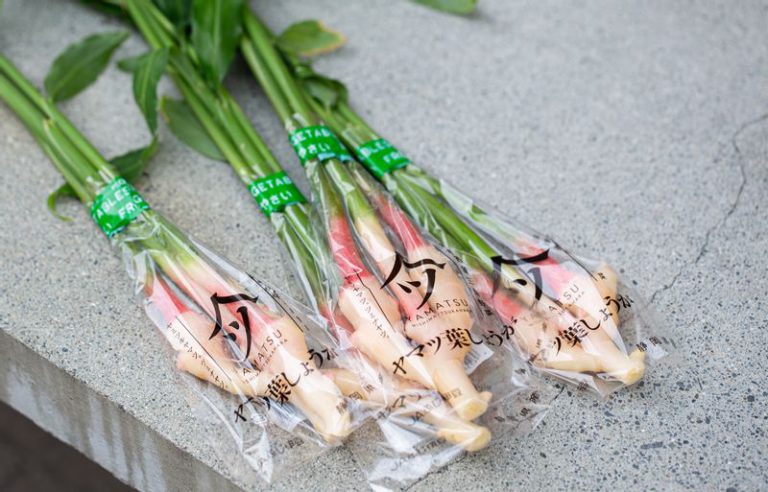
Located in eastern Shizuoka Prefecture, the city of Mishima is at the base of the Izu Peninsula, between the northern base of Mount Fuji and the western base of Mount Hakone. One of the specialty vegetables grown in Hakone Seiroku Mishima Yasai is Yamatsu Hashoga, a type of leafed ginger that has been cultivated since ancient times in the Tsukahara area. This particular ginger is only available for a short time, from late June to mid-August.
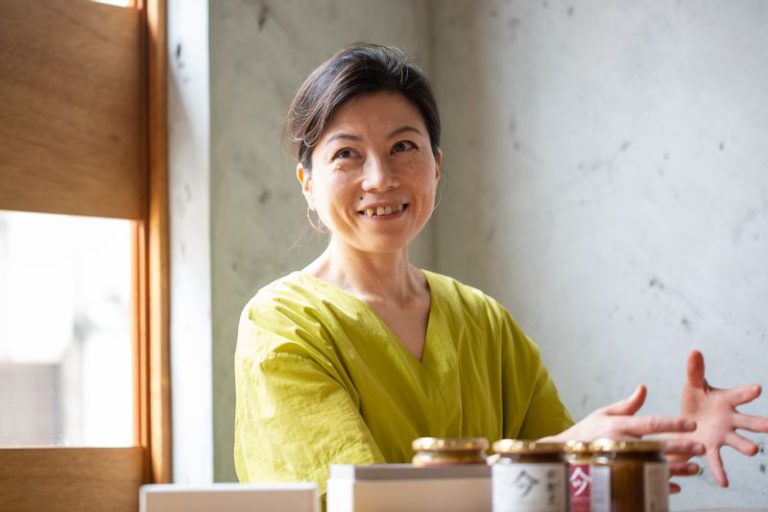
Masayo Okamoto, the founder of Salveggie and the creator of Umai Jiang, comments, “People tend to forget about this ginger once its season ends.”
Shizuoka Prefecture produces the highest amount of leafed ginger, but due to the time and effort needed to grow it, only five farms currently produce Yamatsu Hashoga. Umai Jiang was created as a condiment to showcase the appeal of this rare ginger throughout the year.
Okamoto shed light on the Yamatsu Hashoga roots, which had been discarded for years.
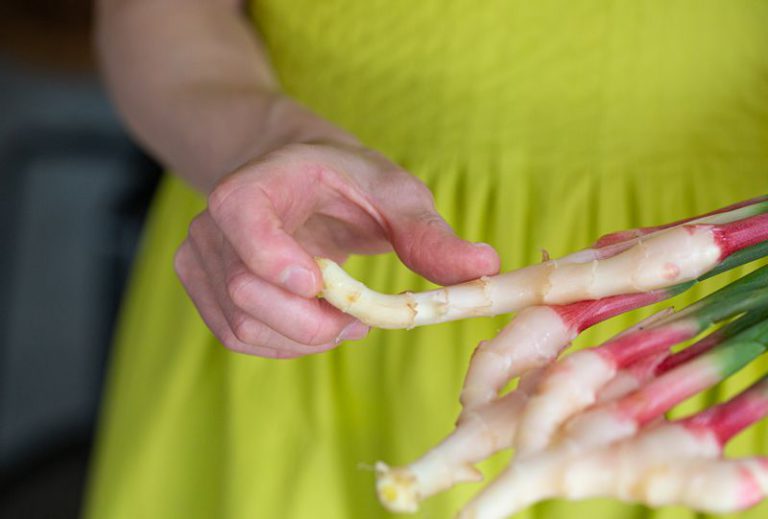
Okamoto explains, “When dispatching or shipping, boxes must be packed with a specific amount. Also, when displayed in supermarkets, the ginger has to be neatly laid out. Since the ginger is packed in plastic bags, the roots are trimmed to prevent damage during transport.”
Farmers occasionally consume the trimmed roots at home, while the majority are discarded. Only farmers recognize that Yamatsu Hashoga has tender roots, free from the fibers unique to ginger.
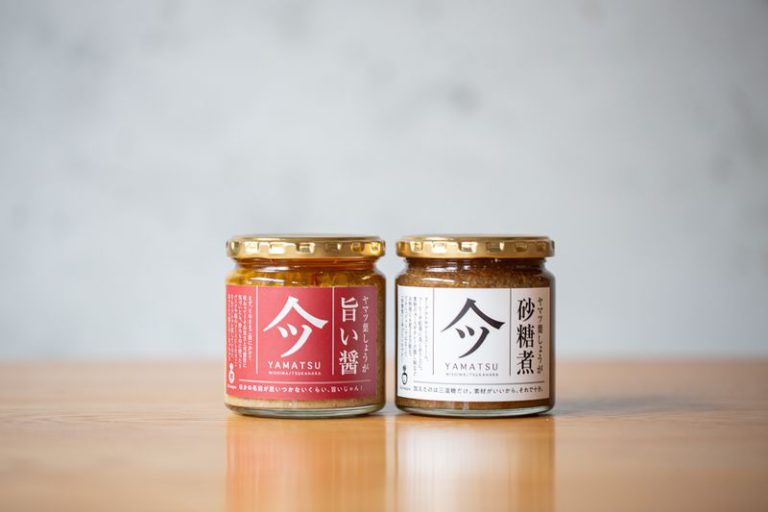
“I first started making crystallized ginger, but then I wondered if there was a way to enhance the delightful flavor of ginger even further, particularly if I intended to use it in cooking. This led to the idea of creating a multipurpose seasoning. I envisioned the convenience of having ginger already infused in oil, as we commonly cook ginger and garlic in oil when preparing stir-fries.”
Umai Jiang contains not only Yamatsu Hashoga roots but also its skin, which accounts for seventy percent of its total weight. The logo on the product label is based on the emblem representing Yamatsu, the name of the shipping cooperative used in Tsukahara since ancient times. It is also depicted on the shipping containers. The product embodies the desire to promote Yamatsu Hashoga widely.
An initiative for promoting “rejected vegetables”
Okamoto’s initiative, Salveggie, focuses on using off-spec vegetables and rejected vegetables that have been removed from distribution for various reasons. The project aims to promote producers and farming. It all started when Okamoto saw a mountain of spinach ready to be discarded at a farm.
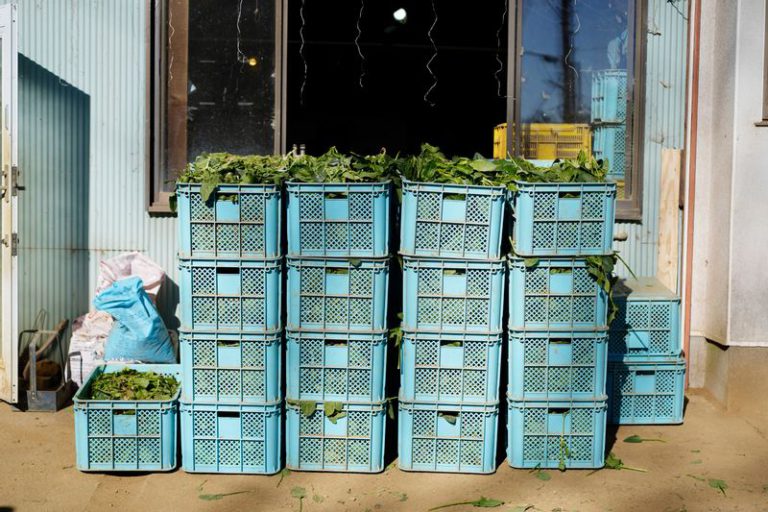
“Initially, I just thought the spinach looked delicious and considered it to be a waste. However, I was shocked to discover that enormous amounts are discarded at just one farm, not just in a day, but every day. I don’t run a restaurant, so I couldn’t make use of them even if I bought them there and then, but the thought of the waste bothered me for days.”
While listening to the local farmers’ stories, Okamoto realized the following issue: because vegetables, in particular, are affected by market prices, farmers are unable to afford advertising. So, she initiated a trade in which she promoted their vegetables in exchange for them giving her any rejected vegetables.
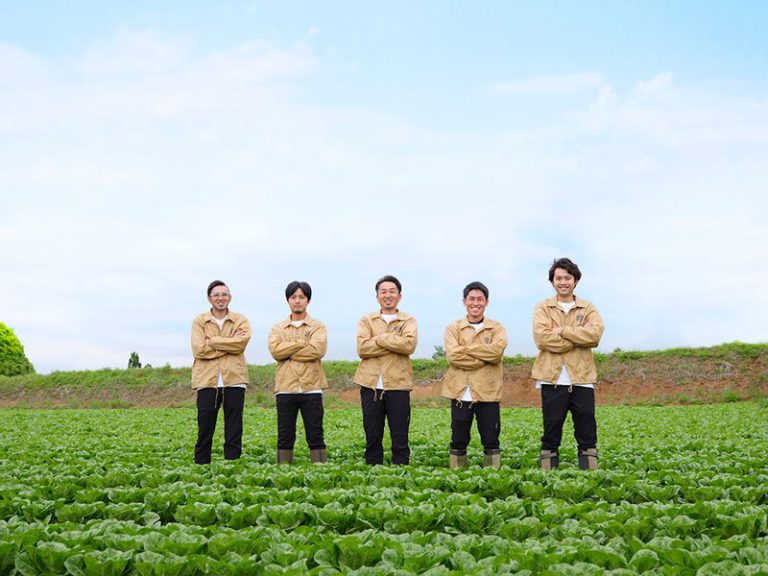
Okamoto started by taking promotional photos of Nomins, Mishima’s young producer group, and made them available for use in advertisements. Later, she organized a market to sell the rejected vegetables that she obtained in exchange for the photo session. She also arranged a food event to showcase various ways to enjoy vegetables, and she continues to do so to this day. Her initiative expanded thanks to her curiosity about food and her belief that it would be a shame to only know about vegetables sold in supermarkets.
“Since Hakone Seiroku Mishima Yasai is dedicated to cultivating high-quality vegetables, our farmers were initially criticized for selling inferior produce. Public perception has since shifted quite a bit.”
After that, Salveggie began producing processed goods using rejected vegetables. Umai Jiang is one such product. Okamoto hopes that creating processed products will not be the final step but rather a way to engage with customers and discuss their production.
“When Nomins appeared at our event, they prepared a stir-fry of romaine lettuce and pork using Umai Jiang and served it to customers. It was very well received. This dish allowed them to showcase their produce to the public.”
A desire to pique the interest of those unfamiliar with Yamatsu Hashoga
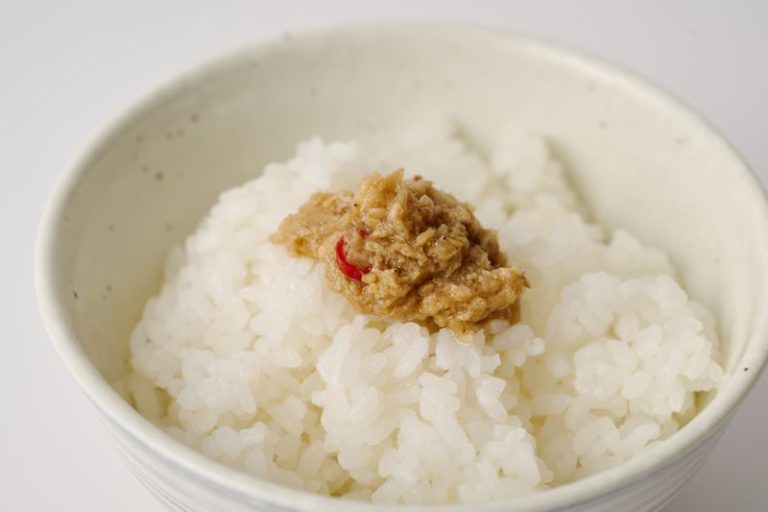
Umai Jiang, a versatile seasoning, is recommended for enhancing the flavor of rice, chilled tofu, or stir-fried dishes such as yakisoba noodles.
Salveggie currently produces this seasoning on demand to avoid waste and sells it at events. They are also in the process of setting up an online sales system.
“I truly hope that people who are unfamiliar with leafed ginger will give it a try. It would be great if that could spark their interest in Yamatsu Hashoga.”
Okamoto says that, even though there is an increase in upcycled products made with ingredients that are destined for the bins, she wants people to notice ingredients before they are processed.
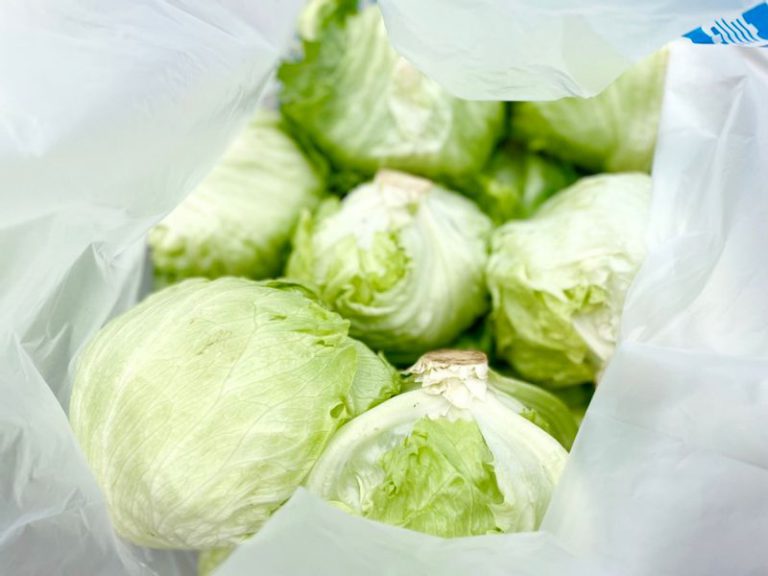
“Many upcycled products are impressive, and the initiatives behind them are commendable. However, we are unable to fully convey the individuals responsible for growing these produce and the reasons behind their disposal. Since Salveggie’s initiative began with trading vegetables for promotion, it would be great if people could come to know not just the products but also the producers.”
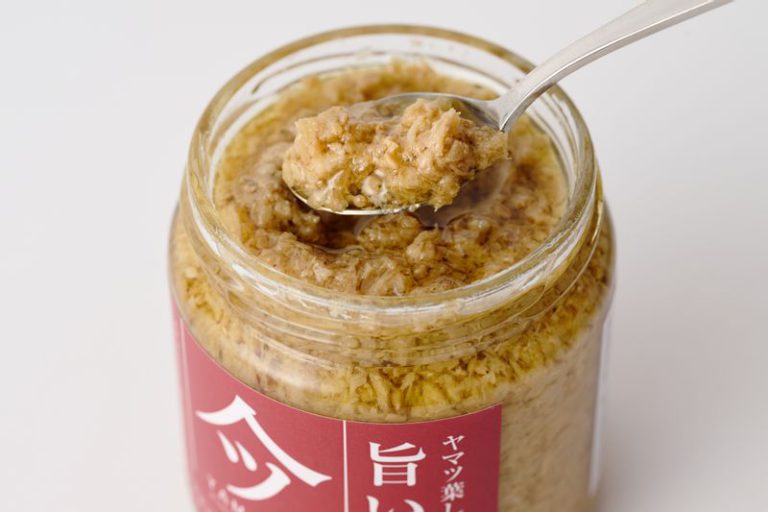
The versatile seasoning Umai Jiang adds new value to rejected vegetables and is infused with community love and project ingenuity. Why not try it as a gift for loved ones or add it to your regular diet?

